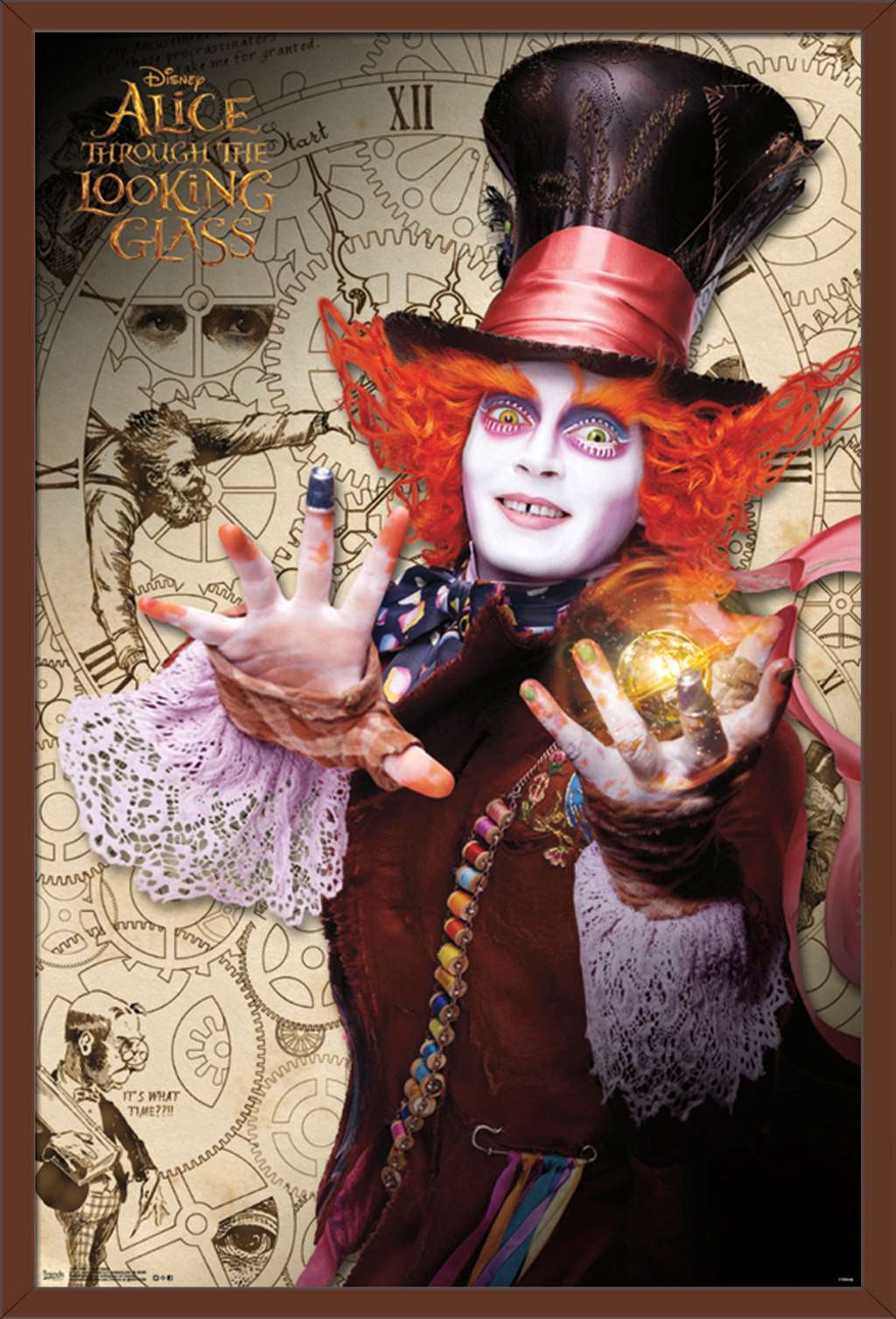
In retaliation, Time (referred to as a "he" in the novel) halts himself in respect to the Hatter, keeping him and the March Hare stuck at 18:00 (or 6:00 pm) forever.

In it, the Hatter explains to Alice that he and the March Hare are always having tea because when he tried to sing for the foul-tempered Queen of Hearts, she sentenced him to death for "murdering the time", but he escapes decapitation. The Hatter character, alongside all the other fictional beings, first appears in Lewis Carroll's 1865 novel Alice's Adventures in Wonderland. However, the Hatter does not exhibit the symptoms of mercury poisoning, which include excessive timidity, diffidence, increasing shyness, loss of self-confidence, anxiety, and a desire to remain unobserved and unobtrusive. Hat making was the main trade in Stockport where Carroll grew up, and it was not unusual then for hatters to appear disturbed or confused many died early as a result of mercury poisoning. Visit either you like: they're both mad!" Both then subsequently make their actual debuts in the seventh chapter of the same book, which is titled "A Mad Tea-Party". The first mention of both characters occurs in the sixth chapter of Carroll's Alice's Adventures in Wonderland, titled "Pig and Pepper", in a conversation between the child protagonist Alice and the Cheshire Cat, when she asks "what sort of people live about here?" to which the cat replies "in that direction lives a Hatter, and in that direction, lives a March Hare. The Hatter and his tea party friend, the March Hare, are initially referred to as "both mad" by the distinctive Cheshire Cat.

This is the hat's price tag, indicative of The Hatter's trade, and giving the price in pre-decimal British money as ten shillings and six pence (or half a guinea).

The Hatter introduced in Carroll's Alice's Adventures in Wonderland wears a large top hat with a hatband reading "In this style 10/6".


 0 kommentar(er)
0 kommentar(er)
